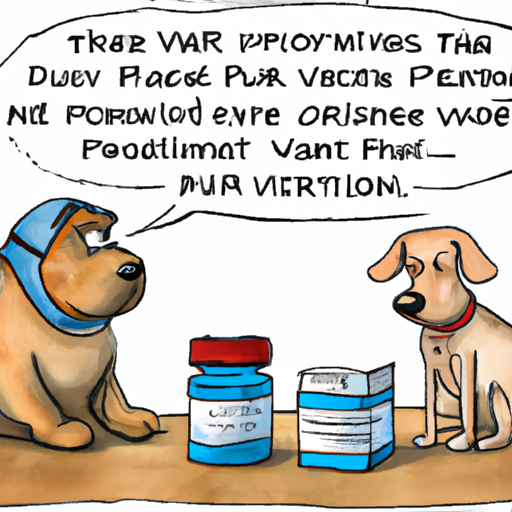Introduction
As caregivers, we know that you want nothing but the best for your furry friends. So, when your pup gets a case of the dreaded Parvovirus, or Parvo, it’s only natural to feel a little lost and overwhelmed. But, fear not! This comprehensive guide will walk you through the process of treating Parvo in dogs, ensuring that your four-legged friend gets back on their paws in no time.
Understanding Parvo
Parvo, a highly contagious virus that primarily affects puppies, is one of the most severe diseases a dog can get. It attacks the canine’s gastrointestinal tract and immune system, leading to symptoms like:
- Vomiting
- Diarrhea
- Loss of appetite
- Lethargy
If your dog displays any of these symptoms, it’s crucial to get them to a vet immediately for a definitive diagnosis.
The Treatment Process
-
Hospitalization: The first line of treatment for Parvo is typically hospitalization. This ensures that your dog can receive intensive care under the watchful eye of veterinary professionals.
-
Fluid Therapy: Dehydration caused by vomiting and diarrhea is a significant concern with Parvo. Fluid therapy helps to combat this, replenishing lost electrolytes and maintaining hydration levels.
-
Medication: Your dog will likely be given medication to manage symptoms and prevent secondary infections.
-
Nutritional Support: As the dog recovers, it’s crucial to provide nutritional support to help them regain their strength. This might involve a special diet or nutritional supplements.
Remember, every dog is unique, and their treatment plan will be tailored to their individual needs.
Home Care
In some cases, with the vet’s approval, you may be able to treat your dog at home. This involves:
- Isolating them from other pets to prevent the spread of the virus
- Administering prescribed medication
- Providing plenty of fluids and a balanced diet
- Regularly disinfecting your home to kill the virus
Remember that home care should only be considered under the guidance of a vet.
Prevention
Prevention is always better than cure. Here’s how you can protect your dog from Parvo:
-
Regular Vaccinations: The Parvo vaccine is usually administered in a series of shots when a puppy is between 6 to 16 weeks old.
-
Good Hygiene: Regularly disinfect your home, especially if you know that there has been a Parvo-infected dog in the vicinity.
-
Limit Exposure: Try to limit your puppy’s exposure to unvaccinated dogs until they have completed their vaccine series.
| Prevention Method | Implementation |
|---|---|
| Regular Vaccinations | Administered in a series of shots |
| Good Hygiene | Regular home disinfection |
| Limit Exposure | Avoid interaction with unvaccinated dogs |
FAQ
What is Parvo?
Parvo is a highly infectious virus that primarily affects puppies, causing severe gastrointestinal distress and immune system suppression.
How can I prevent my dog from getting Parvo?
Regular vaccination, maintaining good hygiene, and limiting exposure to unvaccinated dogs can help prevent Parvo.
Can Parvo be treated at home?
With the vet’s approval and guidance, some cases of Parvo can be managed at home.
Remember, when it comes to Parvo, early detection and prompt treatment can make all the difference. As a caregiver, your vigilance is your dog’s best defense against this deadly virus. So, keep an eye out for symptoms, and if in doubt, always consult your vet.



